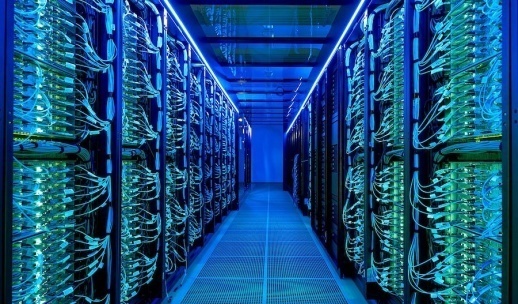Free Courses Sale ends Soon, Get It Now


Free Courses Sale ends Soon, Get It Now



Disclaimer: Copyright infringement not intended.
In News
Details
About Supercomputer
|
The first supercomputer was designed by Seymour Cray in 1960 in Control Data Corporation (CDC) |
Petaflop
Petascale
Categories of Supercomputers
Applications
There are many application areas where to use of supercomputer such as
India’s National Supercomputing Mission
Launch
Development and Implementation
Objectives
Supercomputers in India
|
The Fugaku supercomputer located at RIKEN Centre for Computational Science in Kobe, Japan is the world's fastest supercomputer. |
https://www.pib.gov.in/PressReleasePage.aspx?PRID=1828171
© 2024 iasgyan. All right reserved